Consequences of the war for the people of Cologne
The devastation of World War II left a profound impact on the people of Cologne, reshaping the city and its community in ways that would be felt for generations. As one of the most heavily bombed cities in Germany, Cologne endured near-total destruction of its infrastructure, economy, and cultural landmarks. Beyond the physical devastation, the war brought profound social, economic, and psychological consequences for the city’s inhabitants, challenging their resilience as they worked to rebuild their lives and community.
 Fields of rubble in Cologne, unknown date.
Fields of rubble in Cologne, unknown date.
The physical and economic destruction of Cologne
By the end of the war, approximately 90% of Cologne’s buildings were either destroyed or severely damaged due to relentless Allied bombing campaigns. Iconic structures, including churches, historic houses, and public buildings, lay in ruins, leaving a landscape of rubble that symbolized the immense cost of the conflict. While Cologne Cathedral miraculously remained standing, it too was heavily damaged and surrounded by the destruction of the city center.
The destruction of homes, businesses, and infrastructure caused a severe housing crisis, with most of the city’s population displaced. Thousands sought refuge in basements, improvised shelters, or neighboring towns that were less impacted by bombings. Rebuilding efforts were hindered by a lack of resources, and many families were left without stable housing or employment for years after the war.
Economically, Cologne’s industry was devastated. Factories and transport infrastructure, once central to the region’s economy, were either inoperable or severely disrupted, causing a sharp decline in employment and economic stability. The loss of industry not only impacted workers but also disrupted supply chains, creating shortages of essential goods and increasing hardship for residents. It would take years before the city could re-establish its economic footing.
During my recent visit of the NS Documentation Center El-De Haus, I had the opportunity to learn more about the destruction of Cologne during World War II and its aftermath. While Cologne was heavily bombed, it was not the only city in Europe to suffer such devastation. Also the Germans bombed other cities, like Rotterdam, London, and Warsaw. Here are some impressions from the exhibition, which document the consequences of the war for the inhabitants of such cities:
 Air raid warning at Neumarkt, Cologne, around 1942/43
Air raid warning at Neumarkt, Cologne, around 1942/43
 Rotterdam after the German air raid in May 1940.
Rotterdam after the German air raid in May 1940.
 Burning Minsk, photographed by a soldier from Cologne (1941).
Burning Minsk, photographed by a soldier from Cologne (1941).
 Rescue from a bombed house in Cologne.
Rescue from a bombed house in Cologne.
 Call for clothing donations in Cologne in 1944.
Call for clothing donations in Cologne in 1944.
 Over the course of the war, “communal catering” became an increasingly important part of daily life. After the “1000-bomber raid” of May 31, 1942, the “Social Welfare Office for the Air-damaged” was set up. One of its tasks was to provide the necessary food rations for Cologne residents who had become homeless after bombing raids. These were then distributed at various locations in the city, and the white cups used became a symbol of the bombing campaign.
Over the course of the war, “communal catering” became an increasingly important part of daily life. After the “1000-bomber raid” of May 31, 1942, the “Social Welfare Office for the Air-damaged” was set up. One of its tasks was to provide the necessary food rations for Cologne residents who had become homeless after bombing raids. These were then distributed at various locations in the city, and the white cups used became a symbol of the bombing campaign.
 Christmas 1943 in the Kluckstraße bunker (today: Marktstraße) in Cologne-Raderberg. In Cologne, as everywhere else, there were too few air raid shelters and bunkers. Moreover, it soon became apparent that – contrary to propaganda assurances – they were anything but safe. The majority of the 20,000 or so people who died in Cologne’s bombing raids perished in these often inadequately constructed shelters.
Christmas 1943 in the Kluckstraße bunker (today: Marktstraße) in Cologne-Raderberg. In Cologne, as everywhere else, there were too few air raid shelters and bunkers. Moreover, it soon became apparent that – contrary to propaganda assurances – they were anything but safe. The majority of the 20,000 or so people who died in Cologne’s bombing raids perished in these often inadequately constructed shelters.
 Searchlight of the flag defense over Cologne, date unknown.
Searchlight of the flag defense over Cologne, date unknown.
 Poster for fighting firebombs – and a concession to the actual helplessness of the regime to protect the people.
Poster for fighting firebombs – and a concession to the actual helplessness of the regime to protect the people.
 Concentration camp prisoners recover bodies from the rubble after bombing raids, July 1943. From mid-1941, as the number and severity of the bombing raids increased, clean-up operations dominated the streetscape and daily life in the city. Whether officially organized and carried out by forces of the Security and Relief Service (SHD) or on private initiative – the generally futile efforts to restore housing and infrastructure became a dominant element of everyday wartime life. The authorities soon used forced laborers, prisoners of war and concentration camp inmates for this work, which was visible to everyone.
Concentration camp prisoners recover bodies from the rubble after bombing raids, July 1943. From mid-1941, as the number and severity of the bombing raids increased, clean-up operations dominated the streetscape and daily life in the city. Whether officially organized and carried out by forces of the Security and Relief Service (SHD) or on private initiative – the generally futile efforts to restore housing and infrastructure became a dominant element of everyday wartime life. The authorities soon used forced laborers, prisoners of war and concentration camp inmates for this work, which was visible to everyone.
 Map of war-related industrial production in Cologne at the beginning of 1944. The map illustrates why Cologne was in focus of Allied bombing raids. However, many of these industrial sites also exploited forced laborers from all over Europe, who were also among the victims of the bombing raids.
Map of war-related industrial production in Cologne at the beginning of 1944. The map illustrates why Cologne was in focus of Allied bombing raids. However, many of these industrial sites also exploited forced laborers from all over Europe, who were also among the victims of the bombing raids.
 So-called “Osterarbeiter” (forced laborers from Eastern Europe). Since 1940, a total of around 250 Jewish forced laborers from Cologne and the surrounding area were forced to work at Glanzstoff. In July 1942, most of them were deported to the Maly Trostenez extermination camp near Minsk. The first “Osterarbeiter” had arrived at the factory shortly beforehand.
So-called “Osterarbeiter” (forced laborers from Eastern Europe). Since 1940, a total of around 250 Jewish forced laborers from Cologne and the surrounding area were forced to work at Glanzstoff. In July 1942, most of them were deported to the Maly Trostenez extermination camp near Minsk. The first “Osterarbeiter” had arrived at the factory shortly beforehand.
 On the morning of March 5, 1945, the 3rd Spearhead Division of the 1st US Army launched the decisive attack on Cologne.
On the morning of March 5, 1945, the 3rd Spearhead Division of the 1st US Army launched the decisive attack on Cologne.
 US soldiers on their advance in Komödienstraße.
US soldiers on their advance in Komödienstraße.
Social dislocation and population shifts
The war and subsequent destruction caused significant population shifts in Cologne. Many residents were evacuated during the height of the bombing raids, and the end of the war saw an influx of refugees and displaced persons returning to the city, further straining its limited resources. Families were often separated, with many people never finding their loved ones who had been lost in the chaos of evacuation, military service, or imprisonment.
In addition to returning residents, Cologne also saw the arrival of “Heimatvertriebene” (expellees), ethnic Germans who had been forced to leave Eastern European countries due to post-war border changes and ethnic cleansing. Integrating this population added further challenges, as Cologne struggled to accommodate the needs of new residents alongside those of long-standing communities devastated by the war. This influx brought social tensions, as the already limited resources had to be distributed among an even larger population.
The psychological impact and trauma
The physical losses were compounded by the psychological toll the war took on Cologne’s residents. Years of air raids, uncertainty, and fear left lasting emotional scars, as many residents experienced post-traumatic stress, grief, and a sense of profound loss. The destruction of familiar places, the loss of family members and friends, and the constant threat of death created an environment of prolonged trauma.
The burden of rebuilding a shattered city was psychologically taxing, particularly for those who had lost family members or homes and faced a future filled with uncertainty. For children and young adults who had grown up amid the chaos, the trauma shaped their identities and life experiences, often affecting their education, social development, and mental health.
In the post-war years, the mental health needs of the population were largely unrecognized and unaddressed. Most resources were directed towards physical reconstruction, with limited support for those dealing with war-related trauma, grief, or the emotional difficulties of returning to a semblance of normalcy.
The rebuilding of community and civic life
Despite the overwhelming destruction and hardship, the people of Cologne showed remarkable resilience as they began the process of rebuilding their community. Reconstruction became not only a practical necessity but also a symbol of hope and renewal. Cologne’s residents, including returning soldiers, refugees, and expellees, united in their shared efforts to rebuild, leading to a strong sense of solidarity and collective responsibility.
The return of cultural events and community gatherings played a vital role in restoring civic life. The restoration of the annual Cologne Carnival, paused during the war, became a powerful symbol of the city’s resilience and cultural continuity, bringing people together and fostering a sense of normalcy amid the challenges of reconstruction.
Religious institutions, including the Catholic and Protestant churches, were instrumental in providing support to the population. Churches often served as community centers, organizing relief efforts, distributing food and clothing, and offering spiritual comfort to those struggling with loss and trauma. Civic organizations also played a significant role in advocating for resources, housing, and employment, helping to restore a sense of stability and hope.
Long-term consequences and the memory of the war
The war left a lasting legacy on Cologne and its residents, influencing the city’s post-war identity and shaping how future generations remembered the conflict. Memorials and commemorative events helped keep the memory of the war alive, serving as reminders of the resilience and sacrifices of those who endured hardship. The reconstruction of historic sites and the preservation of ruins, such as the Hohenzollern Bridge, served as physical reminders of the city’s wartime experiences and the long road to recovery.
 After Cologne’s other Rhine bridges had been gradually destroyed by bombing raids since October 1944, German sappers blew up the Hohenzollern Bridge, the last passable Rhine crossing, at noon on March 6, 1945. One of the last “glorious” things the Nazis left behind in Cologne.
After Cologne’s other Rhine bridges had been gradually destroyed by bombing raids since October 1944, German sappers blew up the Hohenzollern Bridge, the last passable Rhine crossing, at noon on March 6, 1945. One of the last “glorious” things the Nazis left behind in Cologne.
The experiences of Cologne’s residents became an integral part of post-war German identity, highlighting the strength and perseverance of individuals in the face of overwhelming destruction. The lessons learned from the war fostered a deep commitment to peace and unity, influencing Cologne’s post-war political and cultural outlook.
Conclusion
The consequences of World War II for the people of Cologne were profound and far-reaching, touching every aspect of life from housing and economy to social relations and mental well-being. While the physical destruction of the city was extensive, the war’s impact on its residents ran even deeper, leaving emotional and psychological scars that would persist for years. Yet, the people of Cologne displayed resilience, coming together to rebuild their city, restore their community, and create a future grounded in peace and remembrance.
Today, institutions like the El-De Haus preserve the memory of Cologne’s wartime experiences, honoring those who suffered and celebrating the strength of those who rebuilt. The story of Cologne’s recovery serves as an example of the power of resilience and the importance of solidarity, offering valuable lessons for future generations.
References and further reading
- Website of the NS Documentation Center El-De Hausꜛ
- NS-Dokumentationszentrum der Stadt Köln, Köln im Nationalsozialismus: Ein Kurzführer durch das ELDE Haus (NS-Dokumentation), 2010, Emons Verlag, ISBN: 978-3897052093
- Werner Jung, Bilder einer Stadt im Nationalsozialismus: Köln 1933-1945, 2016, Emons Verlag, ISBN: 9783740800147
- Horst Matzerath, Geschichte der Stadt Köln, Bd. 12: Köln in der Zeit des Nationalsozialismus 1933-1945, 2009, Greven, ISBN: 978-3774304291

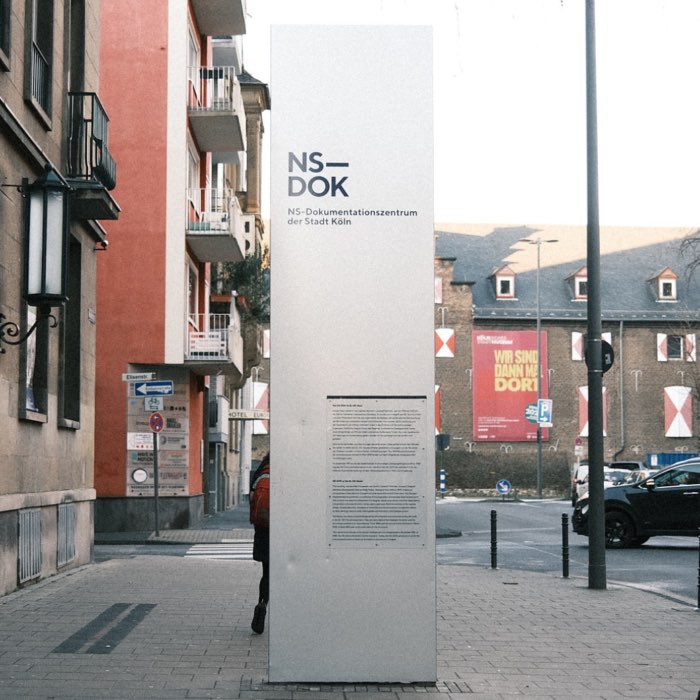

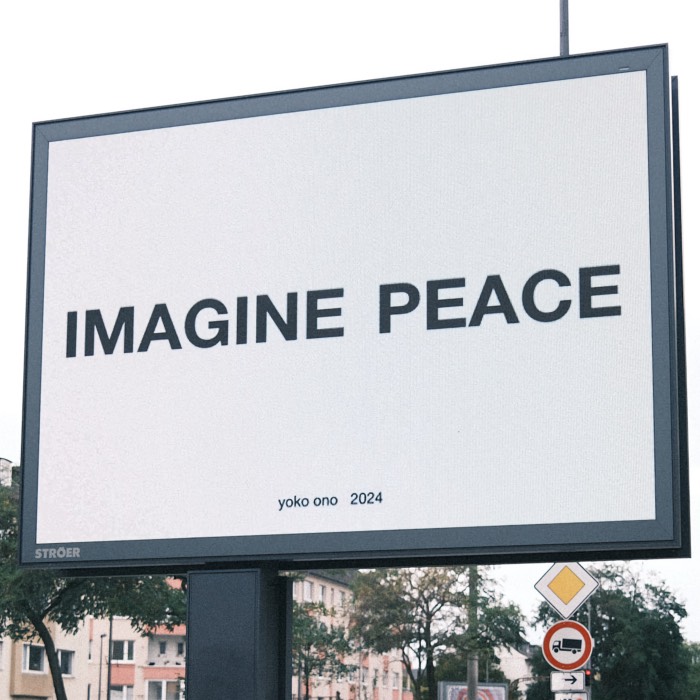
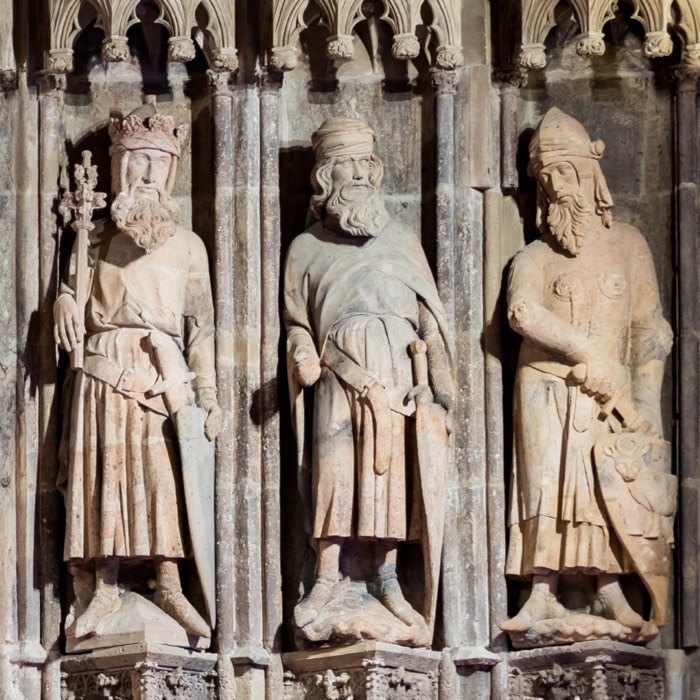
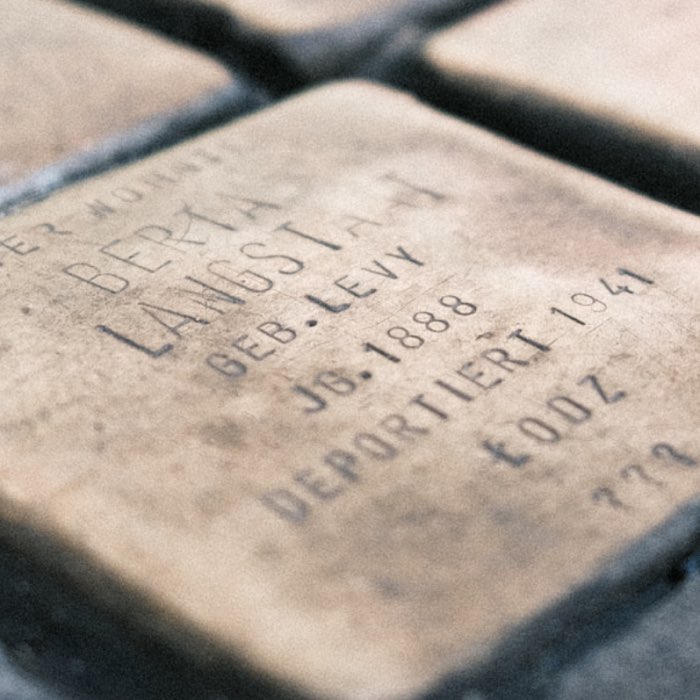

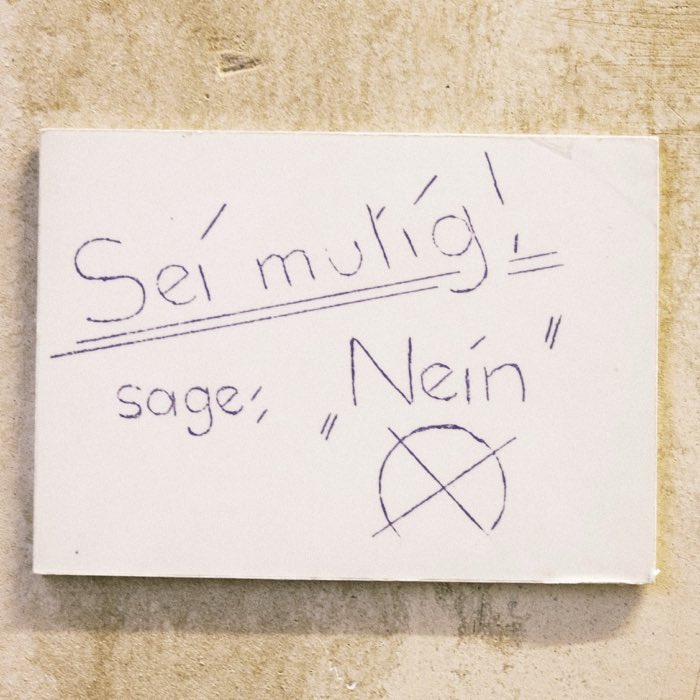
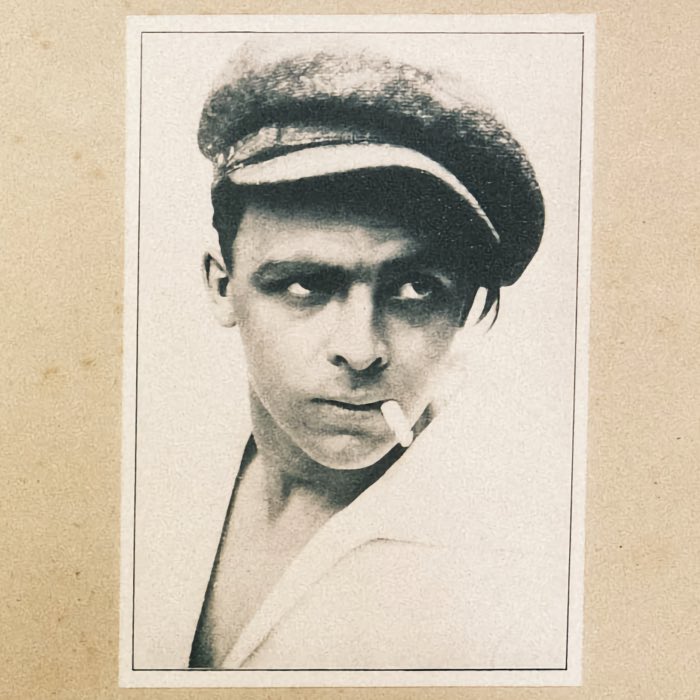
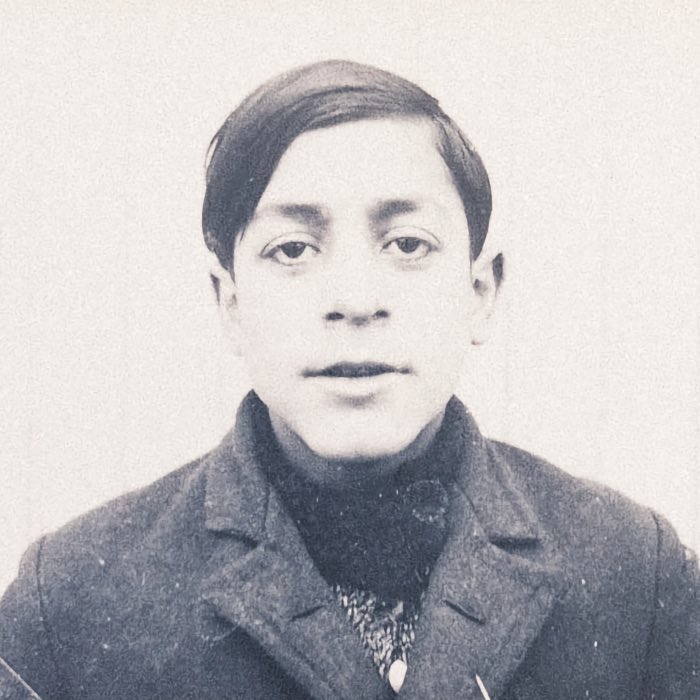
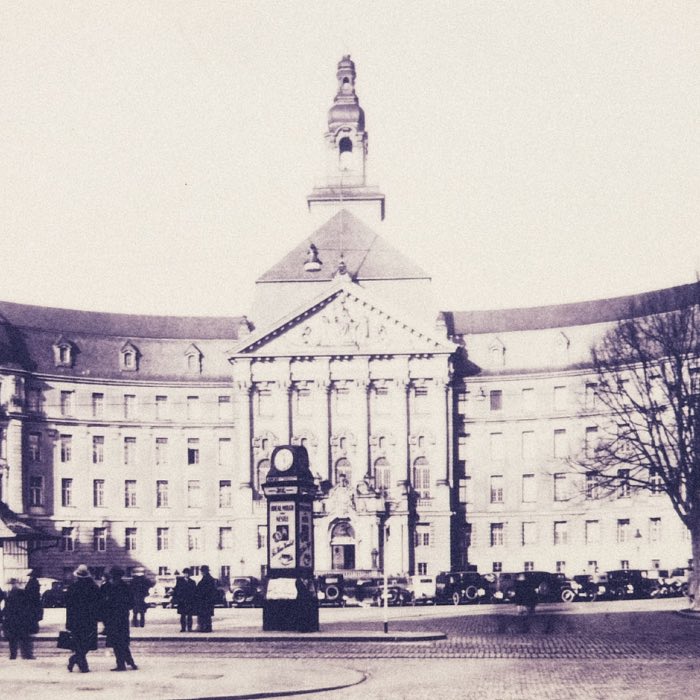
comments